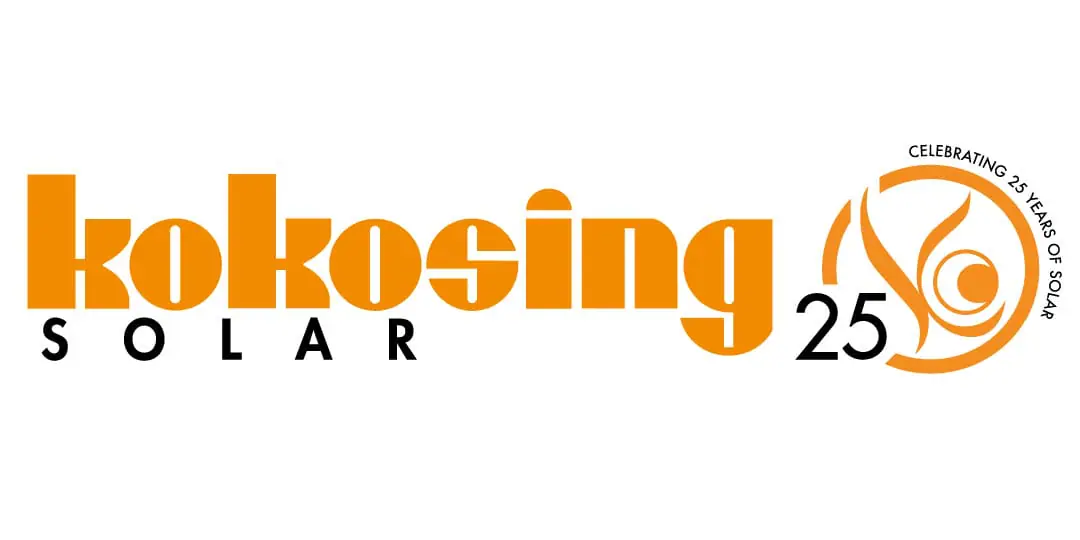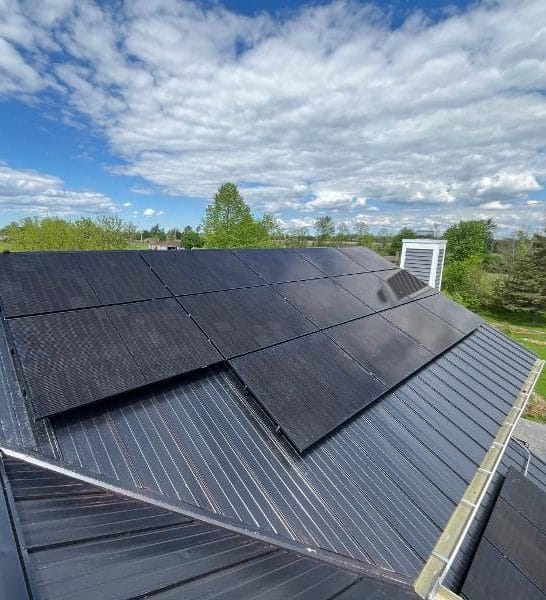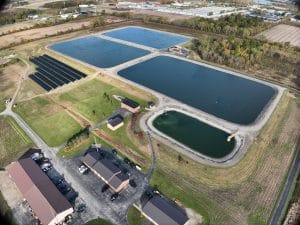Do you plan to budget for commercial solar in 2023? Solar energy has become one of the most affordable types of energy for businesses in 2023.
Kokosing Solar offers customized commercial solar solutions for businesses, municipalities, schools, project developers, non-profits, and more.
As we reflect on our operating budgets over the past year and look to make improvements, we urge business owners, building operators, operations directors, and facility managers to consider solar energy as a strategy in the new year. Hosting an onsite solar energy system can help your company lower operating costs, reach corporate sustainability goals, recruit mission-driven team members and maximize your energy economics.
In this blog, we’ll cover the benefits available to commercial entities when they build solar into their new year budget.
Incentives available to help commercial entities budget for solar include:
- Solar Federal Investment Tax Credit (ITC)
- Net metering
- Federal bonus depreciation
- REAP Grants (for rural business and agriculture)
Federal tax credits for solar
In 2022 the federal government extended the federal solar investment tax credit (ITC) for ten years. The ITC gives businesses a dollar-for-dollar reduction on corporate taxes for the amount they paid for their solar P.V. installation.
Historically, the ITC could offset up to 30% of the cost of the system. The ruling in 2022 that extended the tax credit also made way for additional deductions and benefits available to businesses and now non-profits and government entities.
These additional deducts can be added, for example, if the installer uses domestic content or if your business is located in a designated “low-income community” or “energy community”. If you’re interested in learning more for yourself, check out this blog post or sign up to receive a recorded webinar we did explaining all of the new tax benefits of the ITC for projects under 1 M.W. and projects above 1 M.W.
Don’t feel like you have to understand all of this information yourself. You’re an expert in your industry, and we’re an expert in ours.
We have been successfully helping commercial entities understand rules like these for the past 20-plus years. Our expert commercial solar consultants can help you understand these rules, what you’re eligible for and how to take advantage of the incentives available to you.
Net Metering Maximizes your Solar Benefits
Get more out of your solar system through net metering. Net metering is a policy that allows solar energy produced by your system to flow through to the grid when you make more energy than you consume.
Energy sent back into the grid will flow immediately to power the loads of nearby buildings and facilities. The State of Ohio requires the utility company to credit you for the energy your system has sent along to the grid. These credits appear on your monthly electric bill.
We design all our systems to maximize net metering rules. During sunny summer months, your system will produce more energy than you consume, allowing you to bank up credits. During the winter months, your facility will use more energy than it makes, and you will use up the credits you’ve earned.
With solar, you get charged for the energy you use from the traditional electric grid when your solar panels aren’t producing. And, when you have a solar system, you pay for that energy using the credits you built up during times your solar system is producing more energy than you are using.
Know that net-metering rules change from state to state and even vary by utility company and energy supplier. This description of net metering applies to the net-metering rules in the State of Ohio. Some states may be similar, but we always recommend finding local information because solar rules and regulations vary widely. Also, working with an installer familiar with your utility’s rules and regulations will ensure you get the most accurate economic modeling during the solar design phase.
Decrease Your Taxes further with Federal Bonus Depreciation
Most businesses include depreciation in their tax filings. Depreciation is considered an expense to the company, and it lowers the profits and reportable taxed income.
Businesses can depreciate the entire cost of the solar system in year one instead of spreading that depreciation over many years. This upfront benefit significantly impacts the return on the solar investment.
You May Be Eligible for a REAP Grant
The USDA REAP Grant is one extra incentive available to agricultural producers and rural businesses. The grant can cover up to 25% of the total cost of your solar installation.
The USDA REAP Grant provides funding to rural small businesses and agricultural producers. You can use the money to implement renewable energy systems or improve energy efficiency if you qualify. The USDA instituted the program to increase energy independence in the U.S. and decrease the energy needs for rural agricultural producers and businesses, all while generating more onsite, clean energy.
Like the investment tax credit, there are quite a few rules to pay attention to when evaluating a REAP grant for your onsite solar P.V. system at your farm or business. We have lots of experience and know quite a few grant writers who specialize in this program.
When you start evaluating solar for your onsite energy needs, we will work with you to determine eligibility, timeline, and next steps for submitting the grant for your solar energy project.
Budgeting for Solar
Evaluate how you structure your solar purchase. There are a few different ways to pay for your solar energy system for commercial entities. Two of the most common methods are direct purchase and a power purchase agreement (PPA).
A PPA is an excellent option if a capital investment like solar doesn’t fit into your annual budget. In the case of a solar PPA, a solar developer pays for the system upfront in exchange for an agreement from your organization that you will purchase the power from the system for a defined amount of time. Usually, after a certain amount of time, the agreement is structured so that you may extend it, remove the system or purchase the solar installation. Usually, the rate you pay is less than the rate you are currently paying for electricity, and/or the rate is fixed, allowing you to calculate fixed energy costs for the next 20-25 years.
If you choose to purchase the solar energy system outright through a direct purchase, you are the sole owner of the system. One of the main benefits of buying the system outright is that you can take advantage of all the incentives outlined above.
Evaluate your circumstances to choose the route that makes the most sense for you. As you may have guessed, through a PPA, the company hosting the solar energy system cannot take advantage of the tax benefits of the system. In fact, the third-party developer makes use of those benefits. However, if you go solar through a PPA, you may see savings on day one if you pay less per kWh than your current electricity supplier. This route can help companies keep cash on hand and lower operating expenses from the outset.
Rising Electricity Costs and Margins
2022 saw electricity costs spike across the U.S., and locally, we felt it. Beyond sustainability, solar offers market stability during a time of increasing inflation. Fixing operating costs is an actionable step you can take to lock in your energy rates for years to come.
Find out how today’s solar economics impact your bottom line. We look forward to discussing solar with you and how it might fit your situation.










